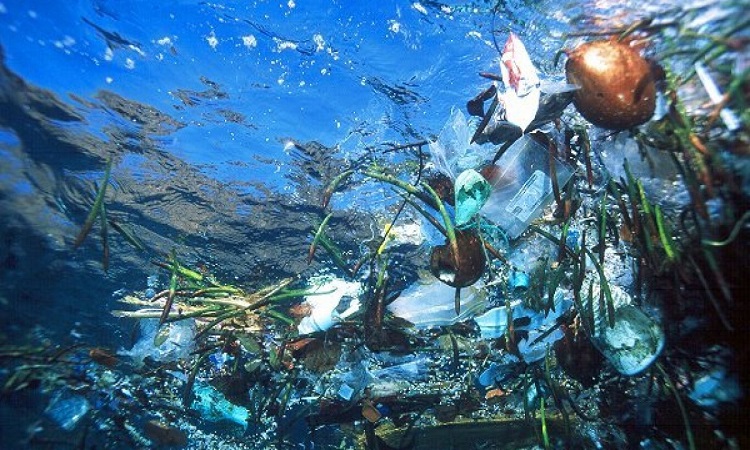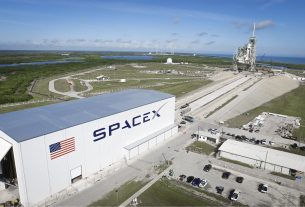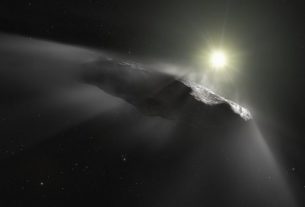Recently, a team of researchers from the Swiss Federal Institute of Technology in Zurich (Switzerland) demonstrated how the metabolic properties of ocean bacteria influence the amount of sulfur released to the atmosphere. And, in doing so, their ability to modulate the cloud cover of our planet.
Within the climate system, the processes and interactions are as diverse as they are varied. A complexity partly linked to the very heterogeneous nature of the system considered. That is to say, formed of components with very different properties.
A new study published in the journal Nature communications illustrates this dimension of strong interconnection. More specifically, it matures the question of the influence of bacterial metabolism on the emission of sulfur particles from the ocean to the atmosphere. In addition, the paper evokes the close link that exists between these discharges and the formation of low clouds in the oceanic zone.
Bacteria: marine biogeochemical cycle
Proliferating in the ocean, the bacteria studied feed on an organosulfur compound called DMSP – acronym for dimethylsulfoniopropionate. In particular, it comes from phytoplankton which produces more than a billion tonnes per year. “DMSP satisfies 95% of the sulfur demand of marine bacteria and 15% of their carbon demand,” said Cherry Gao, lead author of the study.
Importantly, microorganisms can convert this compound into effective biomass by two different mechanisms. The first metabolic path leads to the consumption of carbon and sulfur contained in DMSP. Conversely, the second leads to the consumption of carbon but to the release of dimethyl sulfide (DMS) into the atmosphere.
With planetary cloud cover
However, the DMS particles act as condensation nuclei around which the water vapor tends to condense. Consequently, the modulation of the flux of dimethyl sulfide from the ocean to the atmosphere tends to influence the properties of low clouds. Which play a crucial role for the Earth’s climate. An increase in the stratocumulus, for example, would have a cooling impact via a stronger reflection of solar radiation.
Until now, scientists have not understood what determines the metabolic path that bacteria take. By conducting laboratory tests on the genus Ruegeria, the researchers were able to clarify the question very directly. In particular, it appeared that with a low level of DMSP, the first path was preferred. And conversely with a high level of DMSP – greater than a few micromoles.
Since seawater has an average nanomole DMSP content, the dominant metabolic process is that which takes place through the consumption of carbon and sulfur. And therefore the absence of rejection of dimethyl sulfide. However, locally, near a phytoplankton explosion, the DMSP concentration is several orders of magnitude higher than its average value. In fact, the second path is favored and bacteria release DMS into the atmosphere.
“Thus, the extent of cloud formations may ultimately depend on the details of the interaction between microalgae (phytoplankton) and marine bacteria,” said Roman Stocker, co-author of the paper. An important discovery that future work will nevertheless have to assess with more precision.




